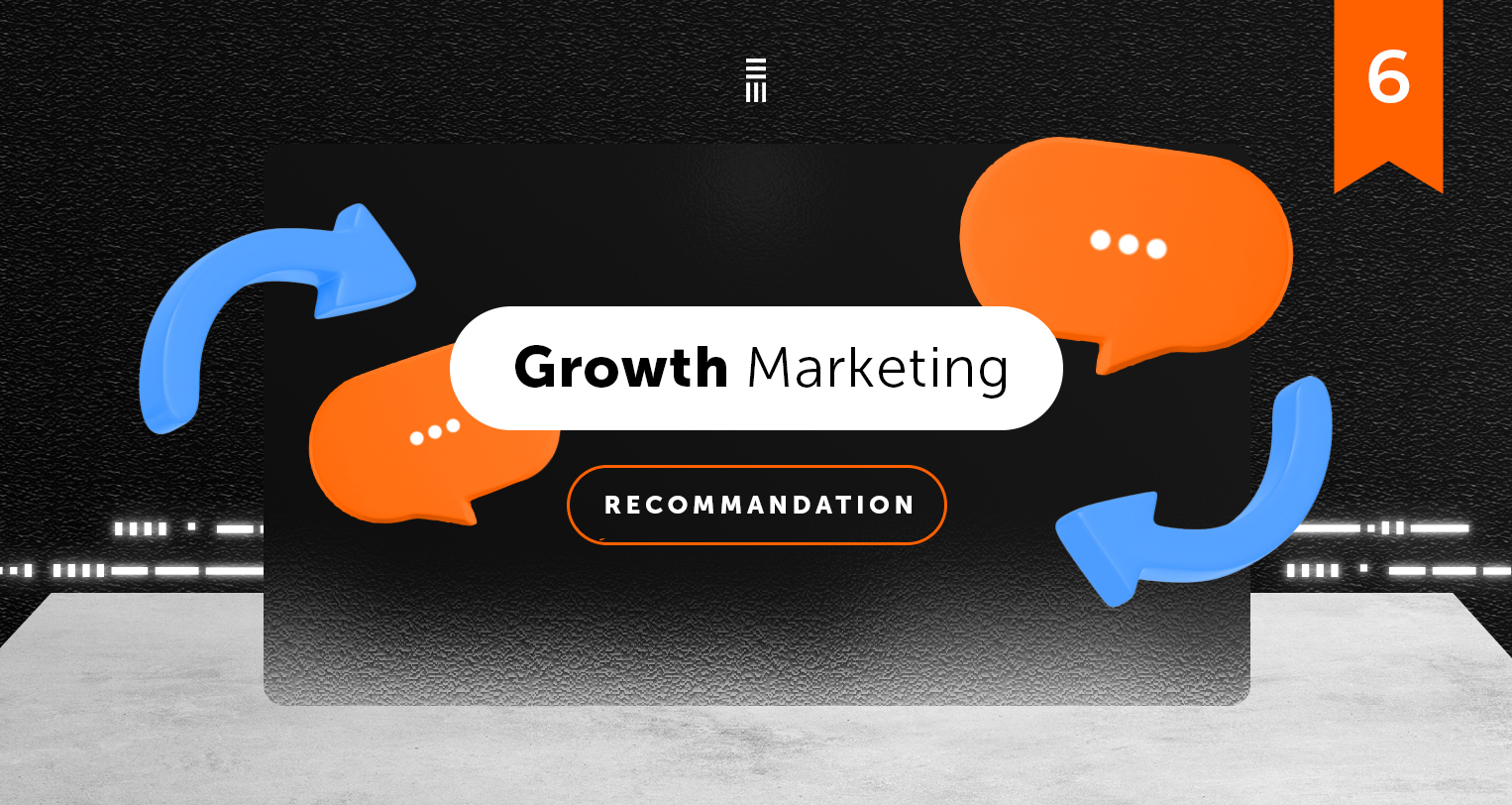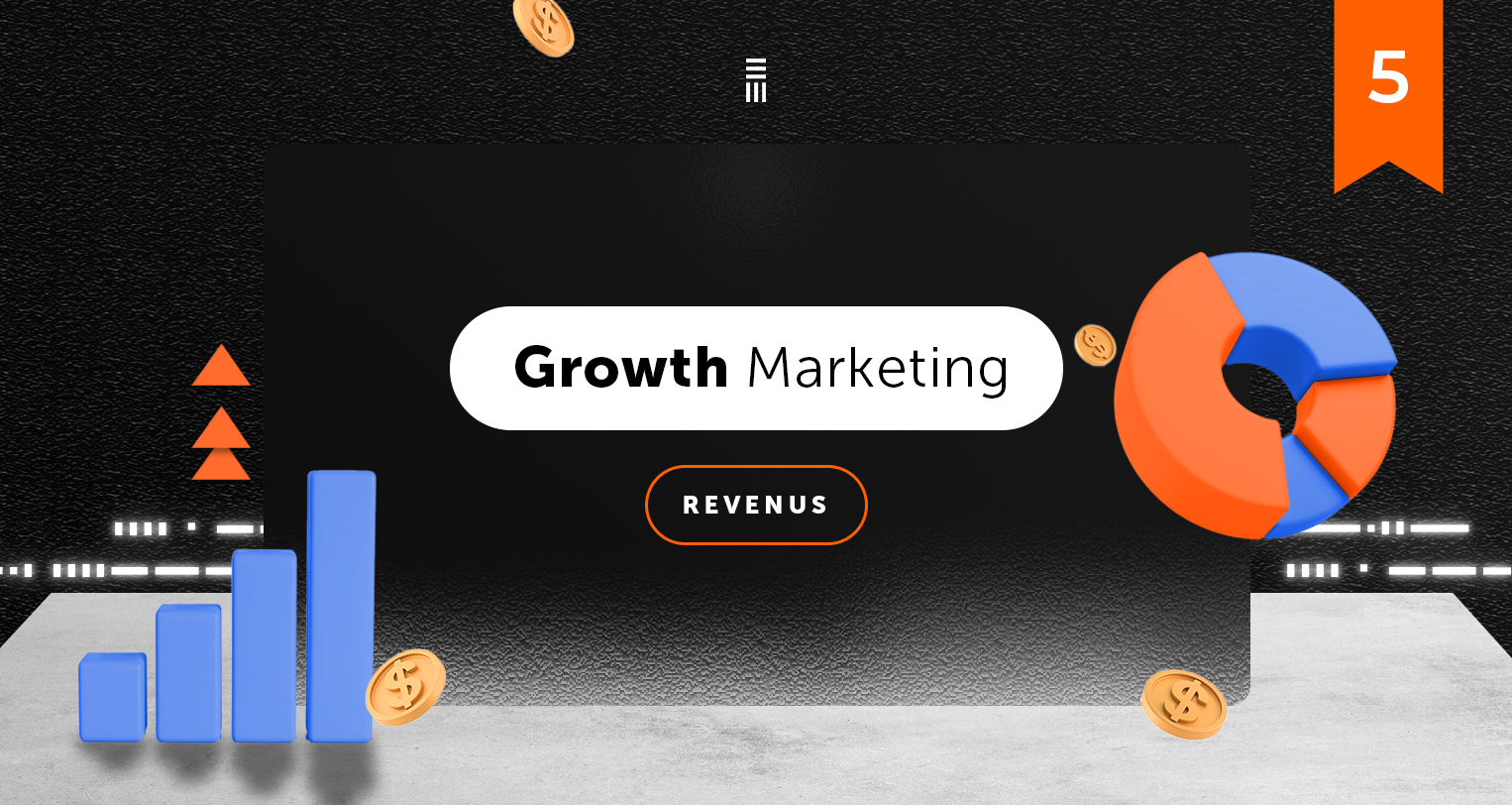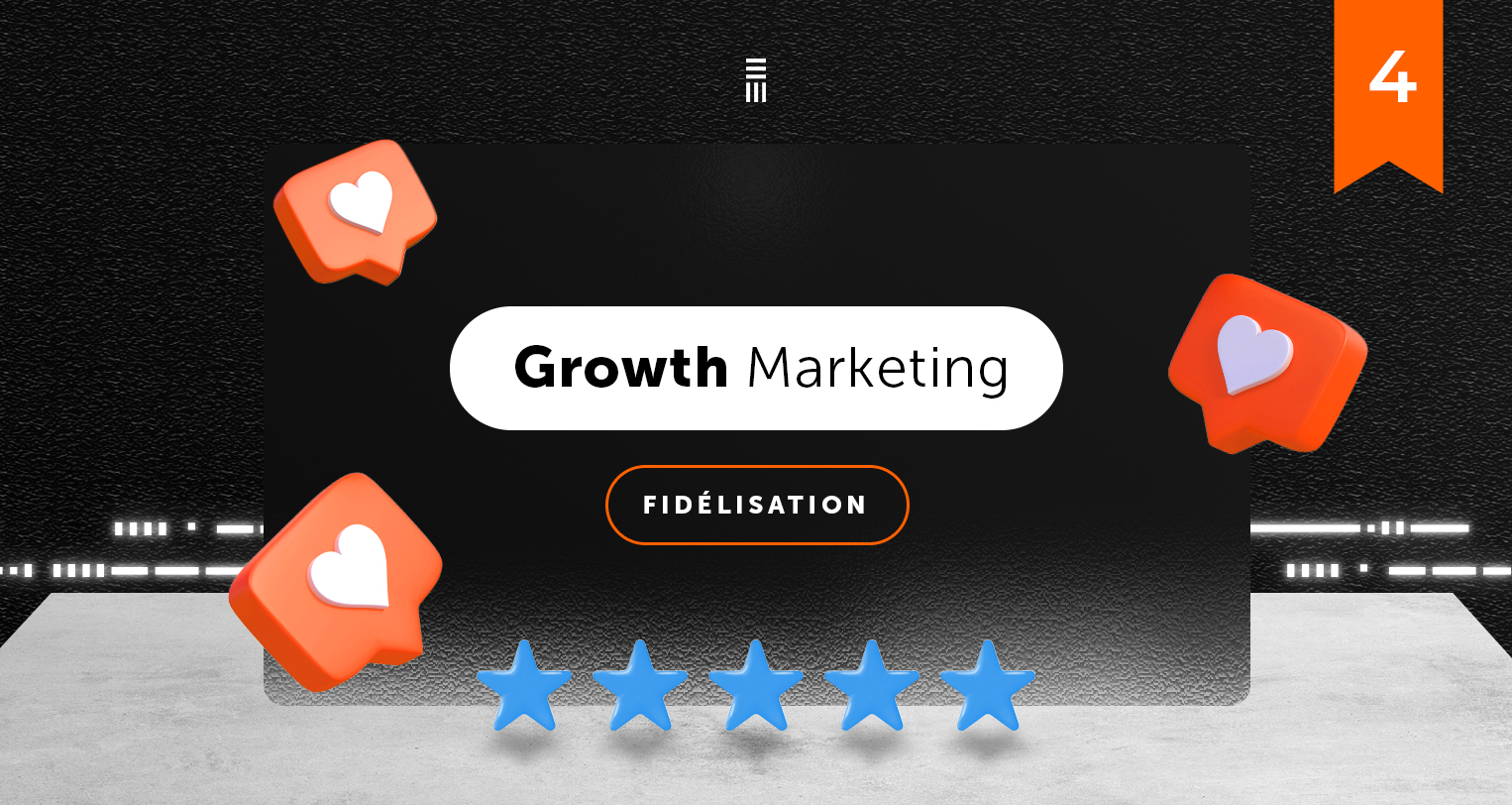Accessibility for websites and apps (part 1): what & why?
One billion out of the world’s population are faced with disabilities: visual impairment, physical disabilities, hearing impairment, photosensitive seizures, cognitive disabilities, color blindness,… These disabilities may prevent them from accessing digital content – your digital content. Of course there are solutions in the shape of assistive technologies such as speech recognition, braille terminals, and assistive keyboards. But if these assistive technologies are not taken into account during the development of your content and the platforms you publish on, you risk excluding these people and lose new opportunities.
First, the basics: what constitutes ‘accessibility’ online?
Accessibility online is usually referred to as ‘Web Accessibility’. It’s a discipline that focuses mainly on web design and how to make it more accessible for people with disabilities. The terms “Accessibility” and “Usability” often overlap, but they mean different things.
‘Accessibility’ deals with making content accessible to people with disabilities,
‘Usability’ deals with general users’ experience – also the ones without disabilities.
Common examples of web accessibility features are:
- Sufficient contrast
- Sequential heading structure
- Consistent navigation
- Accessible forms & elements
- Keyboard accessibility
If this sounds hard to implement for you, don’t worry! In the next blog article, we will provide some practical tips you can use right away to make your digital products & services more accessible.
Why is accessibility important? In truth, the need for accessible products gets real much quicker than you might think. Today you may not know anyone in your immediate social circle that officially qualifies as “disabled”, but as our grandparents, parents, and even we – ourselves – get older, accessibility becomes paramount.

Accessible products provide independence
The last 5 years, I’ve spent a lot of time working with seniors and technology. I’ve provided design strategy to start-ups that now help thousands of seniors to live more independently across the USA, Canada and Europe. With just a few taps and swipes, seniors can order food, pay bills, read news, view calendars, connect with friends and family, and more. With accessibility features set in places like screen readers, voice commands, and keyboard accessibility, elderly or people with disabilities can enjoy these mobile and web services with ease. This creates more room for effective communication and independence to organize their life.
Accessible products expand your reach
If accessibility features are well implemented, it enables your website or app to function well with built-in screen readers and be consumable for a much larger crowd. However, advantages are not limited to just reaching your users well, you’ll also be able to reach more new ones. Website accessibility is vital for every business owner. Web-accessible websites and apps have an SEO advantage over others that are not.
Four key concepts
W3C (World Wide Web Consortium) whose primary activity is to develop guidelines and protocols that help ensure the longevity of the web, summarizes their guidelines in their Web Content Accessibility Guidelines 2.0. Their four key concepts include:
- Web content must be operable;
- Web content must be understandable;
- Web content must be robust;
- Web content must be perceivable.
As people, companies, and business owners are getting educated on the importance of website accessibility, they will prioritize it in software application development. This is of great value as it provides value for a group of users in need, but also the business itself.
Voir nos derniers articles de blog
Voir tous les articles de blog-
Recommandation – comment construire des boucles de recommandation et transformer vos meilleurs clients en ambassadeurs de marque

-
Revenus : Comprendre la valeur à vie de vos clients

-
Fidélisation – comment construire un modèle de fidélisation efficace et réduire le taux d’attrition

-
3 étapes pour faire passer vos utilisateurs de l’engouement à l’activation


